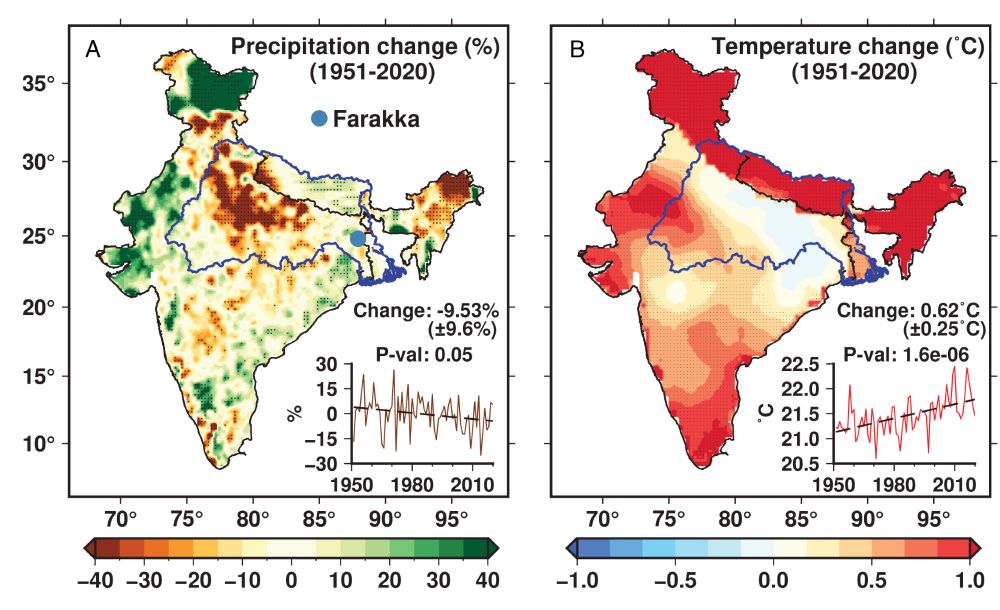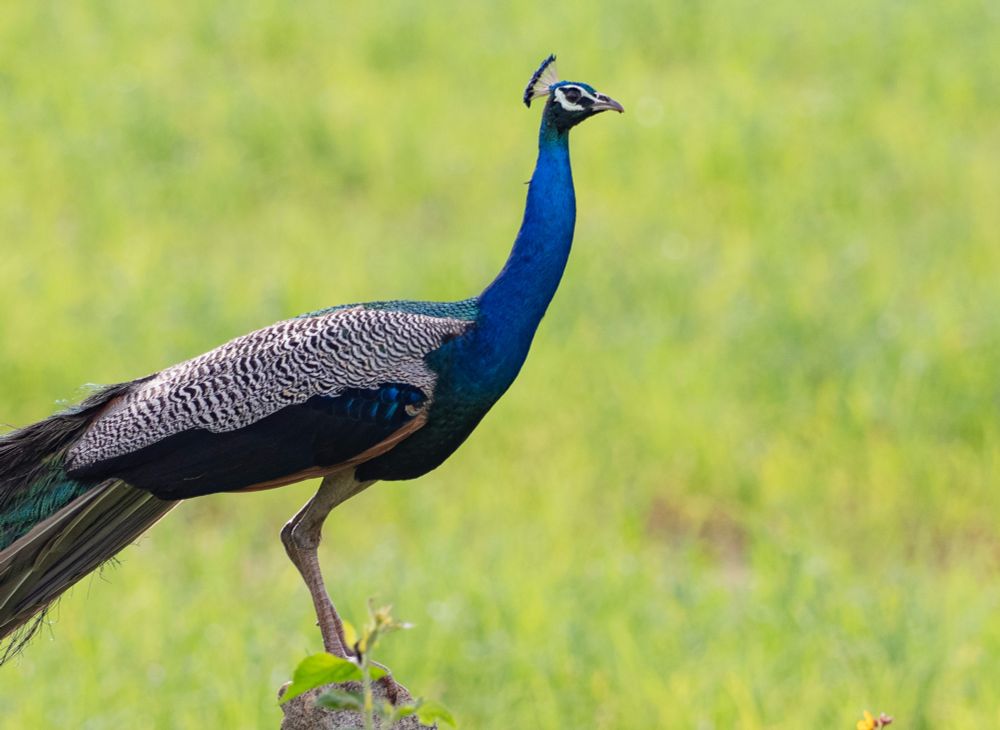Kau)))
@carbon8.bsky.social
3.1K followers
330 following
420 posts
Earth/Ocean Scientist @ UArizona, #Tucson | Originally from #Bengaluru 🇮🇳 | #birds, #geology, #isotopes, mindfulness, #monsoons, #oceans, #paleoclimate, & weird music.
eBird: https://ebird.org/profile/MTM0Njk2MA
Web: thirumalai.geo.arizona.edu
Posts
Media
Videos
Starter Packs
Pinned
Reposted by Kau)))
Kau)))
@carbon8.bsky.social
· 11d
Reposted by Kau)))
Kau)))
@carbon8.bsky.social
· 12d
Reposted by Kau)))
Reposted by Kau)))
Reposted by Kau)))
Reposted by Kau)))
Reposted by Kau)))
Reposted by Kau)))
Kau)))
@carbon8.bsky.social
· Sep 4

Changes in the upper water-column structure of the eastern equatorial Indian Ocean during 12.8–4.7 ka
The eastern equatorial Indian Ocean (EEIO), a pivotal region of the Indo-Pacific Warm Pool, plays a crucial role in modulating both the regional and g…
www.sciencedirect.com
Reposted by Kau)))
Kau)))
@carbon8.bsky.social
· Sep 4



























